If you click on a link and make a purchase we may receive a small commission. Read our editorial policy.
Could Ant-Man 3 finally jumpstart the Microverse in the MCU?
Marvel has two great properties just begging for someone to use them.

Sometimes a super hero movie opens up new possibilities not only for the cinematic version of a character, but their comic book counterpart. As we get ready for Ant-Man and the Wasp: Quantumania, I’ve got my fingers crossed that it can be a game changer for two elements of Marvel-616 that have long been awaiting a refresh: the Microverse and Ant-Man.
The Microverse: Marvel's most underused asset

In the years after the first Star Wars film came out, everyone wanted their own space opera. Battlestar Galactica debuted on television a year later, and Star Trek: The Motion Picture and Buck Rodgers in the 25th Century in the movies and on TV a year after that.
And that same year, Marvel’s Bill Mantlo and Michael Golden took this super-popular scifi action figure line called the Micronauts and turned them into a sweeping comic story about a ragtag group of robots, humans, and alien gladiators trying to defeat fascist would-be dictator in a suit of black armor. (In addition to being the highest form of flattery, imitation is often commercially sensible.)
The story took place on a huge and often tragic canvas, with not just heroes but entire planets lost in the process of defeating Karza, including finally the central settting of connected planets of the series, known as Homeworld. (Like, imagine if the destruction of Alderaan came not at the beginning of the original trilogy, but at the end.)

Micronauts was a very popular comic book series, sometimes beating out ratings juggernauts the Uncanny X-Men and the Teen Titans. But after the original series ended and a second series came and went, Marvel let its license on the Micronauts characters lapse. And afterwards, though the few characters Marvel had created would occasionally pop up elsewhere, the Microverse was more or less abandoned.
While the stories and worlds of the Microverse itself are definitely worthy of renewed attention, the intervening decades of discovery about the weirdness of quantum mechanics have also only increased the potential for stories set in the there. Quantum particles exist in multiple places at once and can be entangled across the universe; they also come in a weird variety of types, each with different powers. What might that mean for characters or planets in the Microverse, for how one travels within it or what one meets?
Simply put, there’s so much cool stuff here to explore.
Ant-Man: Hero in waiting
From his early days in Tales to Astonish, Hank Pym had given himself access to two very unusual powers: the ability to shrink himself down to an almost infinite degree; and, the ability to communicate with insects.
Neither of those abilities is the hallmark of your standard super hero. In fact, neither is inherently a fighting power at all. Really they are the powers of an explorer or an adventurer. He can travel to realms that no one else can, and communicate with beings everyone else ignores.
But in the last 60 years, though there have been three completely different versions of the character—Hank Pym’s semi-mad scientist; Scott Lang’s lovable ex-con; and Eric O’Grady’s selfish antihero—each successive version has only ignored the potential of his powers more.

In Tales to Astonish, Hank Pym and later Janet Van Dyne fought goofy villains and mad scientists like the Porcupine, Egghead, and the Human Top. But they were also involved in protecting the earth from alien invasions. It might seem to a weird storyline choice for two characters whose powers are to shrink real small and ride insects. But Hank was also a genius-level scientist. While that aspect of his character would get a lot more attention in Avengers, thwarting aliens and evil geniuses did fit the bill.
But even though he was a genius, Hank Pym never did explore his Ant-Man powers much. They were more like his first big science experiment, to be followed by many others. Within a year of starting in Tales he came up with a way to grow big, which in contrast with his original powers was really nothing but a fighting ability.

In 1979, Scott Lang became Ant-Man more or less by accident. In Marvel Premiere #47, he breaks into Hank Pym’s house without knowing that it’s his, and discovers the Ant-Man suit. But when he ends up using Hank’s powers to rescue a heart surgeon who can enable his daughter Cassie to get life-saving surgery, Hank—who by this point is going by the name Yellowjacket—lets him keep the suit.
Scott Lang’s Ant-Man would prove to be far more likable than the obsessive and abusive Pym. But his super heroics would also be far more grounded in reality. As in the movies, Lang's entire world is his daughter Cassie; he uses his powers to earn a living, usually through doing security work. Even when he eventually joined the Avengers, in 2003's Avengers (1998) #62, it was because he'd lost custody and had no place to go.
More recent years have seen Lang written in a more comedic way. He's sort of the Blue Beetle of the Marvel universe today, a screw up with silly powers but good intentions.
And the fact that he can do so much more is largely ignored. In 2018 Mark Waid and Javier Garron did a mini-seriessending Lang with the new Wasp, Nadia Pym, into the Microverse, a series that seems like a clear influence on the upcoming movie. But it didn’t lead to anything further.
Likewise In 2020 Zeb Wells and Dylan Burnett did a five-issue mini that saw Scott living in an ant hill outside Cassie’s place and interacting with ants and other bugs in ways that had never been done before. But once again, it made no significant impact on the Ant-Man stories told. Scott’s desire to support his daughter consistenly overwhelms any other storyline.

The third Ant-Man, Eric O’Grady, was created in 2006 by Robert Kirkman and Phil Hester as a low-level SHIELD agent who steals a new high-tech Ant-Man armor and through tragedy slowly comes to a sense of semi-heroism. By far the least science or exploration-adjacent of the bunch, he has served almost entirely on black ops and anti-heroic super teams.
Champions of the microverse
There’s nothing wrong with portraying Ant-Man as a good dad and all-around likable, if semi-hapless guy. In many ways the Scott Lang version of Ant-Man saved the character from ruin.
But using Ant-Man's powers basically just to punch harder and test security systems misses the tremendous, unique potential that the character has in the Marvel universe. He has the ability to explore and fight for a universe that no one else even knows or cares about (which is really a very Scott Lang thing to do).
And not just him, either: Wasps Janet Van Dyne and her step-daughter Nadia, and Lang's daughter Cassie all have the same capacities. Nadia, who is actually the biological daughter of Hank Pym, is also a scientific genius in her own right, working with a collective of other brilliant young women, the Geniuses In action Research Labs (G.I.R.L).
Lang may be viewed as a kindly buffoon in Marvel-616 proper, but in the Microverse — which notably includes a race of bug-like humanoids — he’s ready-made to be a hero, explorer, and savior. Maybe that's even the father/daughter adventure he and Cassie need.

Here’s hoping Marvel comics gives us a chance to find out.
Ant-Man and the Wasp: Quantumania opens in theaters February 17, 2023. Buy tickets on Fandango or Atom Tickets.
Read our Ant-Man and the Wasp: Quantumania review.
Dive into the MCU Microverse with our guide to the Quantum Realm.
Follow Popverse for upcoming event coverage and news
Find out how we conduct our review by reading our review policy
Let Popverse be your tour guide through the wilderness of pop culture
Sign in and let us help you find your new favorite thing.


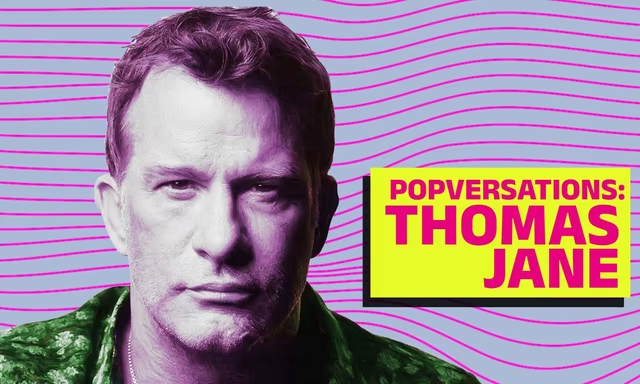


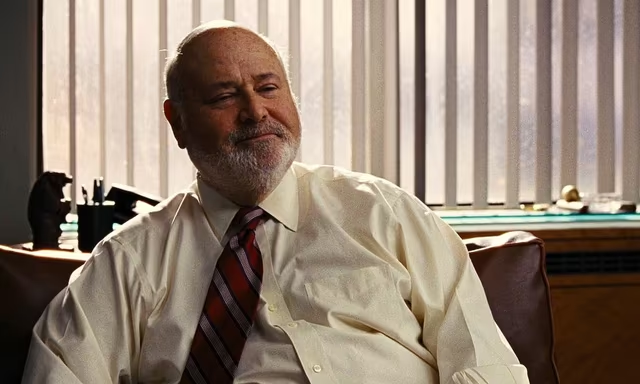
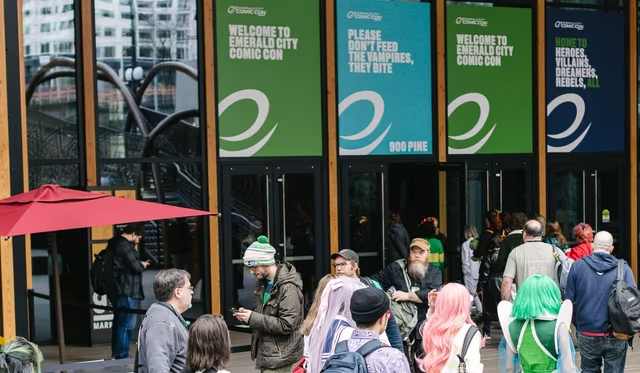

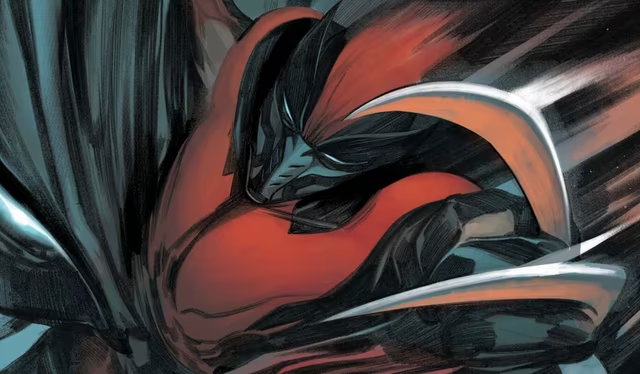
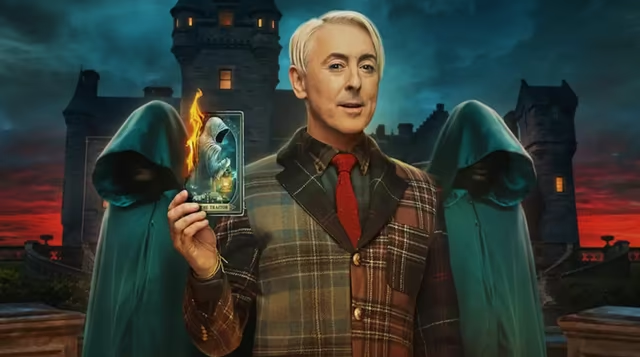






Comments
Want to join the discussion? Please activate your account first.
Visit Reedpop ID if you need to resend the confirmation email.